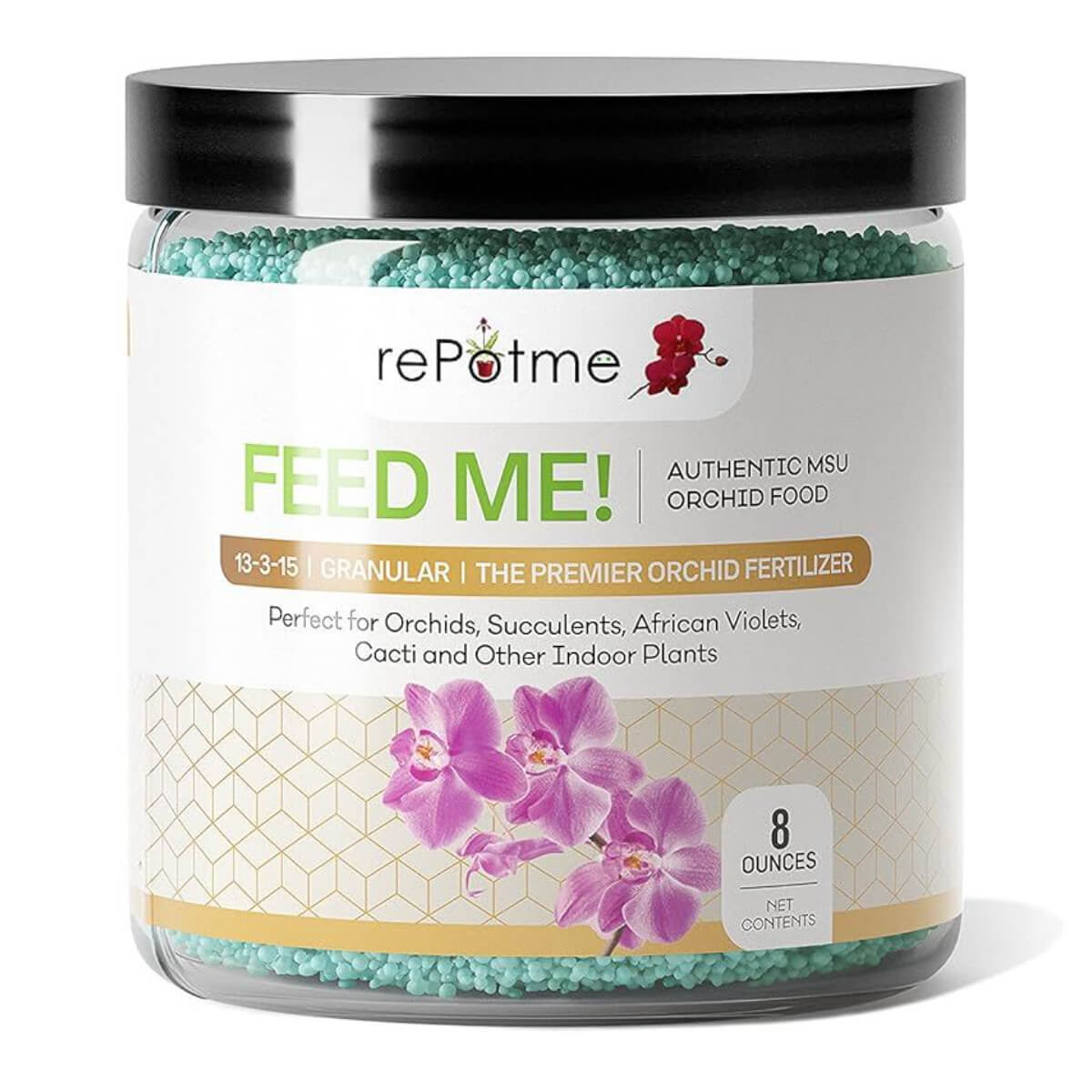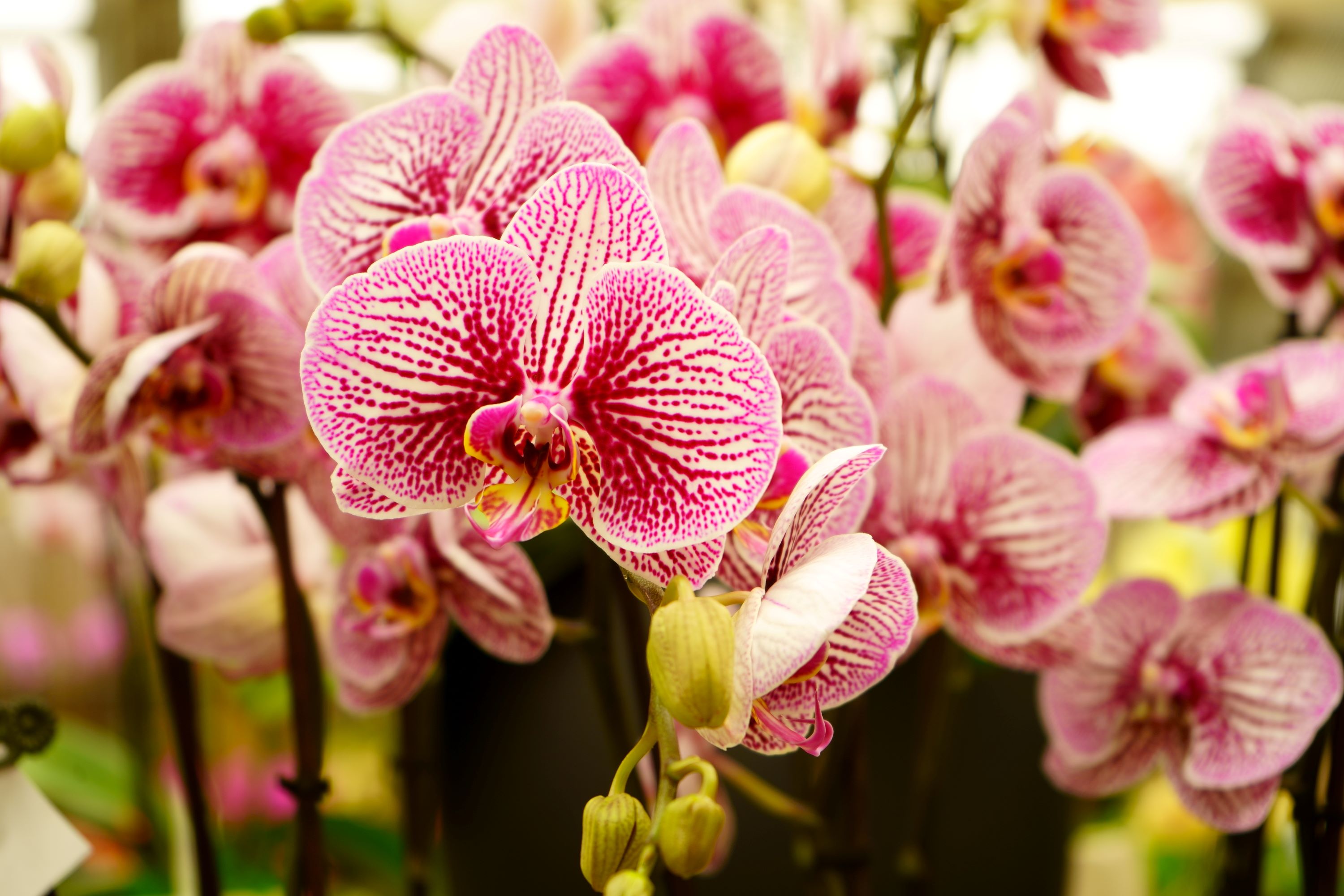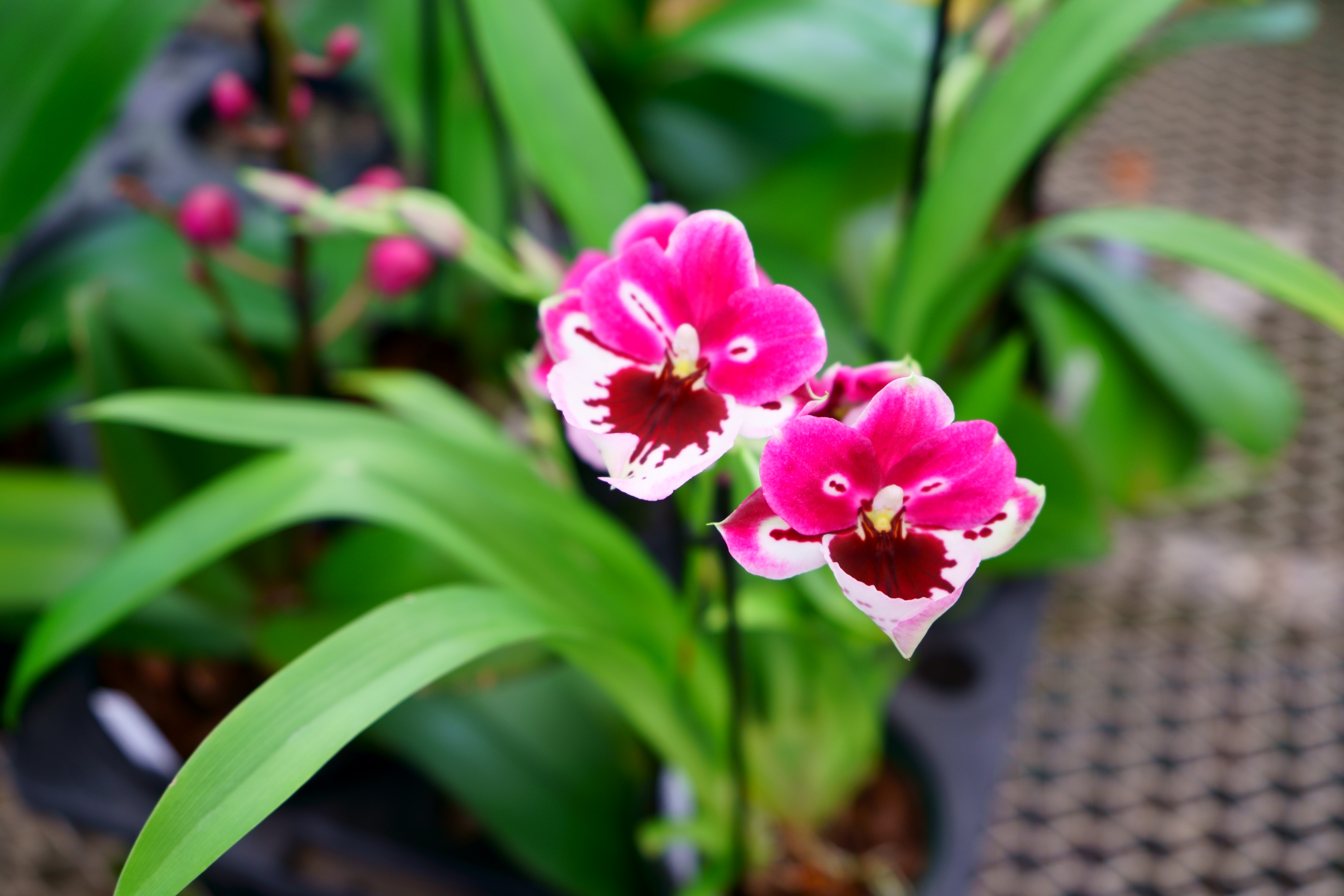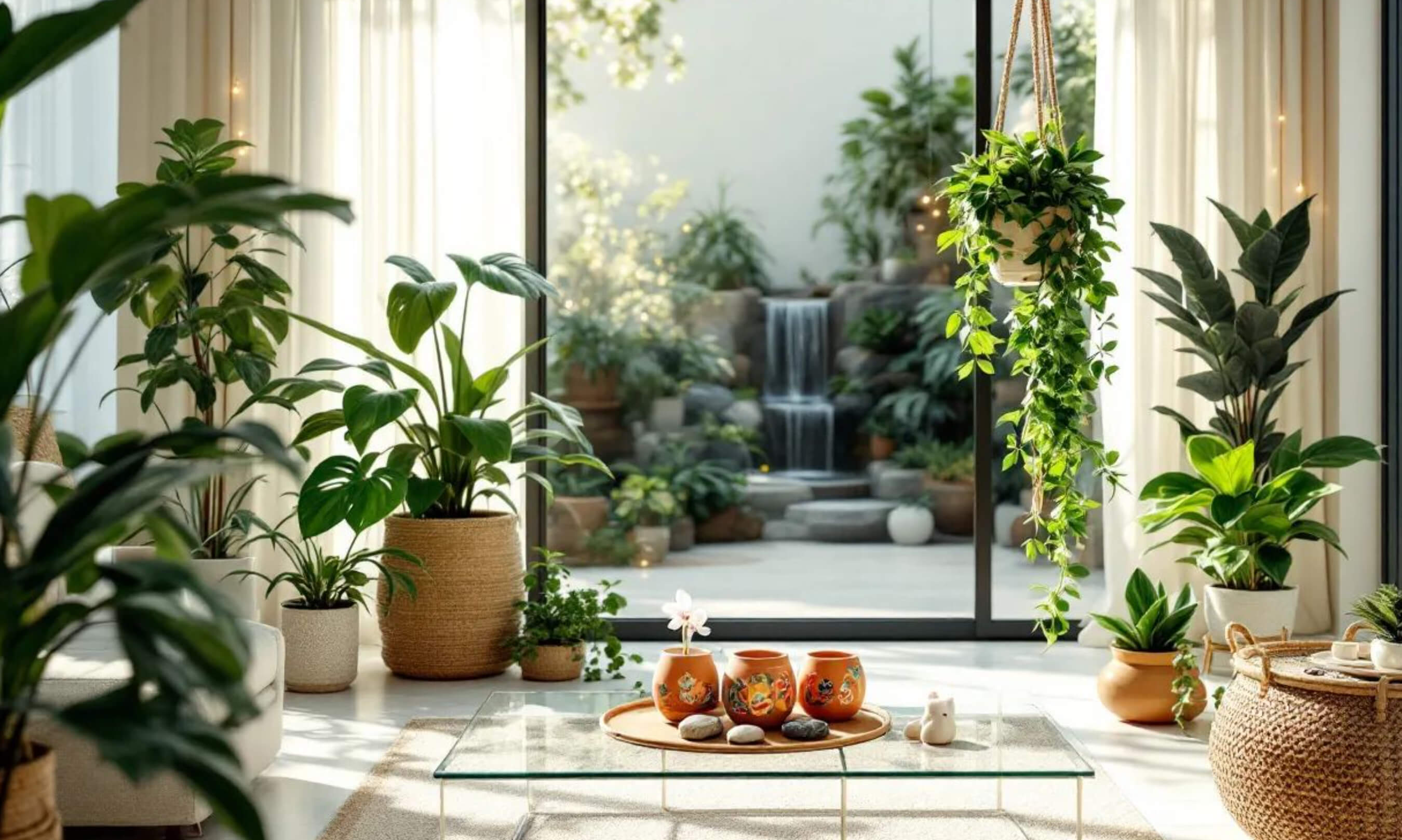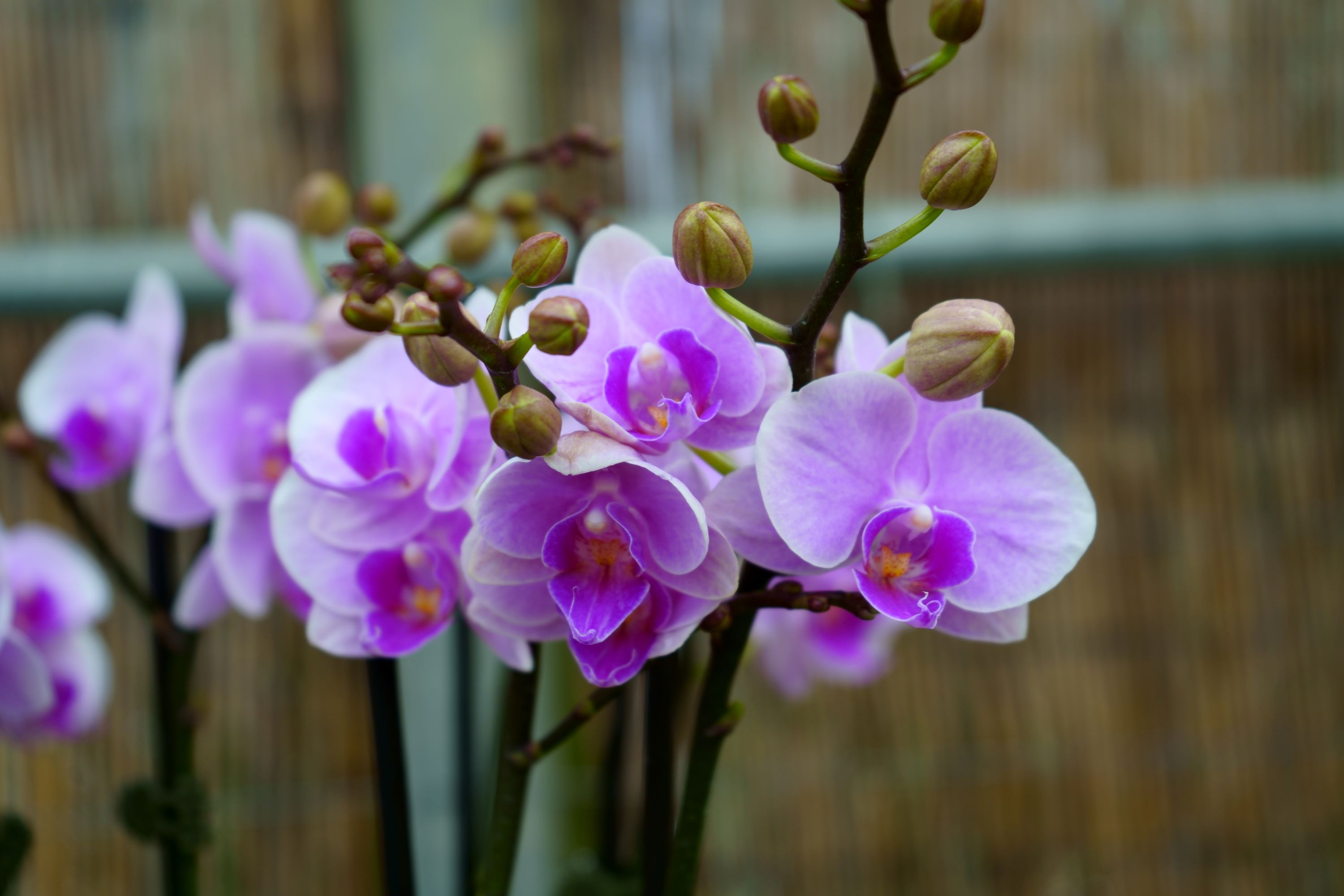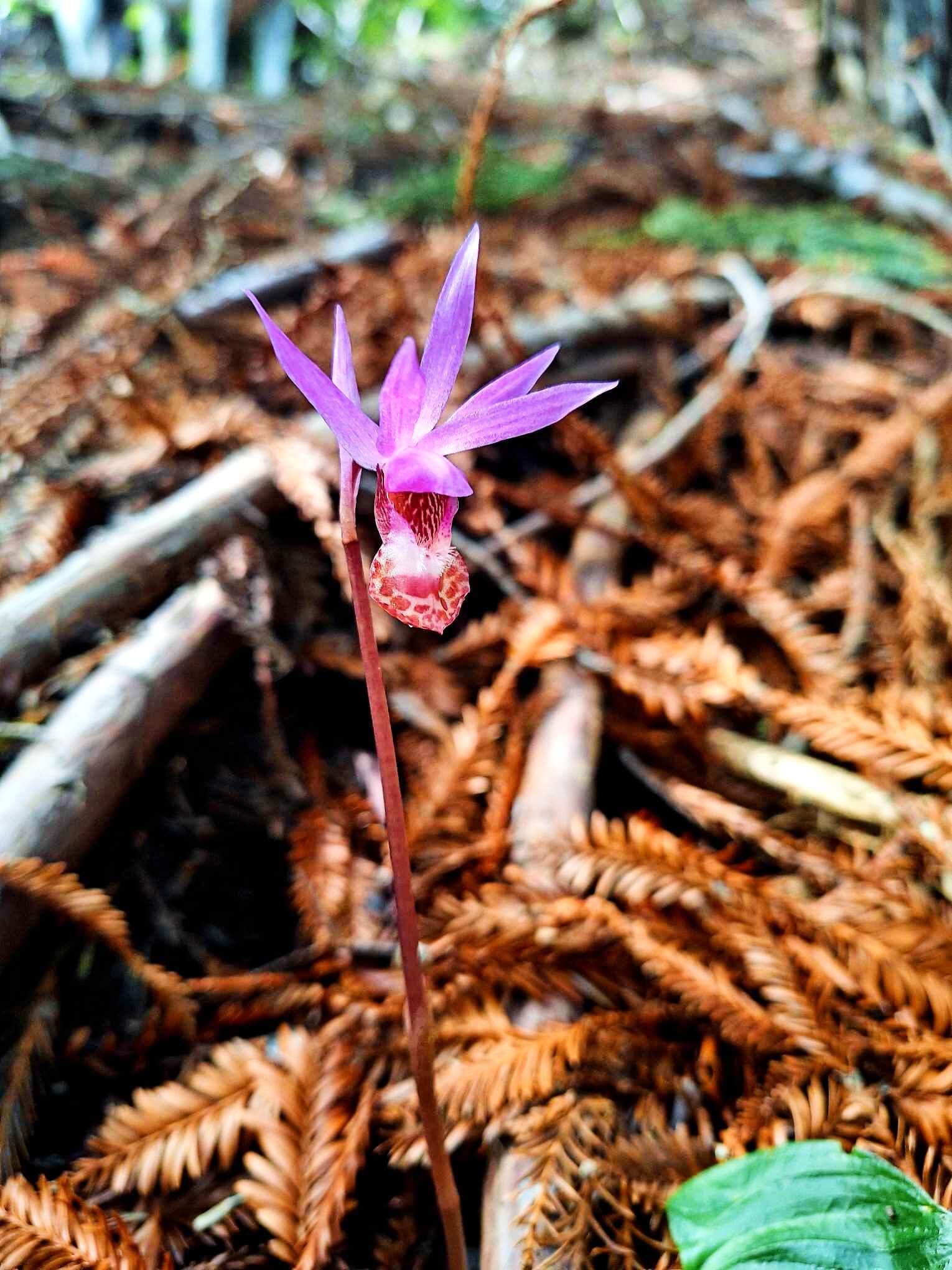- Home
- Fertilizing
- Yellow leaves
Orchid Leaves Turning Yellow: Causes, Solutions, and Care Tips
Orchids are beloved for their exotic beauty, but when their leaves start turning yellow, it can be a cause for concern. While yellowing leaves are sometimes a natural part of the orchid’s lifecycle, they can also signal underlying issues that need attention. In this guide, we’ll explore the reasons behind orchid leaves turning yellow and provide actionable solutions to restore your plant’s health.
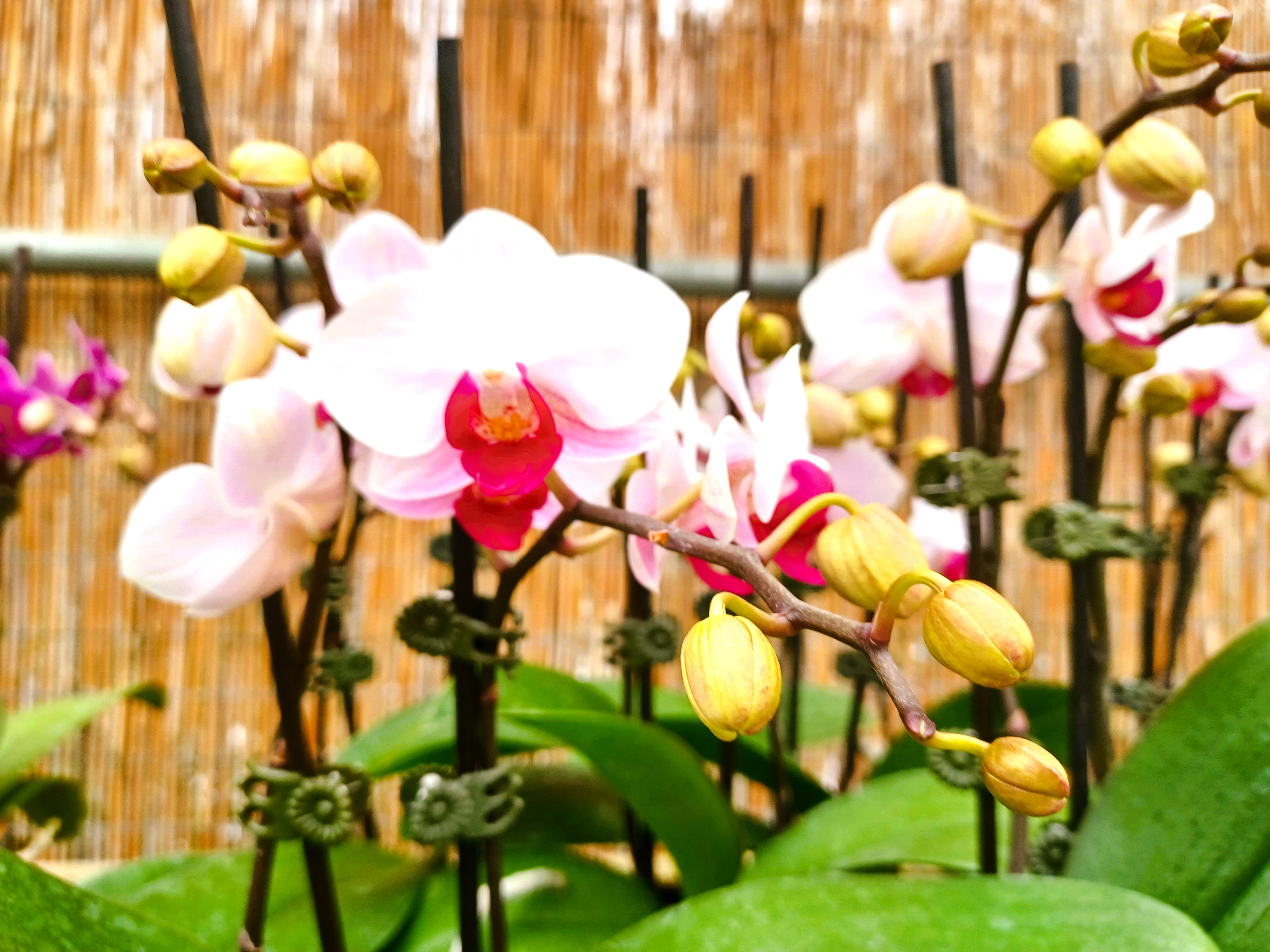
Heavenly Orchids participates in affiliate marketing programs, which means we may earn commissions on qualifying purchases made through our links. We only recommend products we genuinely believe in.
Unlock the Secrets to Beautiful Orchids! Get Your Free Care Guide Today!
Is Yellowing Normal? Understanding the Orchid Lifecycle
Before diving into problem-solving, it’s important to recognize that orchid leaves turning yellow can be a natural process. As orchids age, older leaves may turn yellow and fall off to make way for new growth.
- Phalaenopsis orchids often shed their oldest leaves every one to two years.
- Bulbophyllum, Cattleyas, and Dendrobiums have outer sheaths that dry up and turn yellow, which can be gently peeled away for a cleaner look.
If only the lower leaves are yellowing and the rest of the plant looks healthy, it’s likely just part of the orchid’s lifecycle. However, if yellowing is widespread or accompanied by other symptoms, it’s time to investigate further.
Common Causes of Orchid Leaves Turning Yellow
Yellowing leaves can often be traced back to nutrient problems, whether it’s a lack of essential nutrients or an overabundance of fertilizer.
1. Nutrient Issues: Deficiency or Toxicity
Nutrient Deficiency
A lack of nutrients can cause leaves to yellow, depending on which leaves are affected:
- Older leaves turning yellow often indicate a deficiency in mobile nutrients like nitrogen, phosphorus, potassium, magnesium, molybdenum, or chlorine.
- Newer leaves turning yellow suggest a lack of immobile nutrients such as calcium, boron, iron, sulfur, manganese, copper, or zinc.
To diagnose the issue, use a nutrient deficiency key chart or consult with a local agricultural extension. Once identified, adjust your fertilizer and water pH levels accordingly. For more detailed guidance, visit our fertilizing orchids page. Here is a good beginner's guide to identifying nutrient deficiencies. Once you have identified the deficiency, you can adjust the water ph and fertilizer ratios to supplement with the deficient nutrient.
Growing Tip: Use a balanced orchid fertilizer like this one to ensure your plant gets all the nutrients it needs without overdoing it.
- Tailored for Orchids Specifically formulated by Michigan State University
- Pure Water Compatibility
- Balanced Nutrient Profile
- Urea-Free Formula
- Versatile and Easy to Use
Fertilizer Toxicity
Too much fertilizer can harm your orchid, leading to yellowing and browning at the leaf tips and edges—a condition often called fertilizer burn. Unfortunately, this can be very similar to the symptoms of a nutrient deficiency, making it difficult to diagnose the exact cause. If your orchid is prized and the nursery you bought it from has an experienced orchid grower, consider bringing it in for a professional diagnosis. To remedy fertilizer burn:
- Flush the potting medium: Soak it in rainwater, distilled water, or reverse osmosis water for 30 minutes. Repeat this process twice.
- Rinse the medium thoroughly: Run it under clean water for 5-10 minutes to remove any remaining fertilizer residue.
- Adjust your fertilizing routine:Use smaller amounts of fertilizer more frequently.Monitor the water’s pH to ensure it remains within a suitable range.
In nature, orchids receive only 40 to 60 ppm of nutrients from rainwater. When cultivating orchids, a slightly higher range of 120 to 160 ppm of total dissolved solids is generally safe and beneficial for most species. For advanced tips on fertilizing, check out our advanced fertilizing guide.
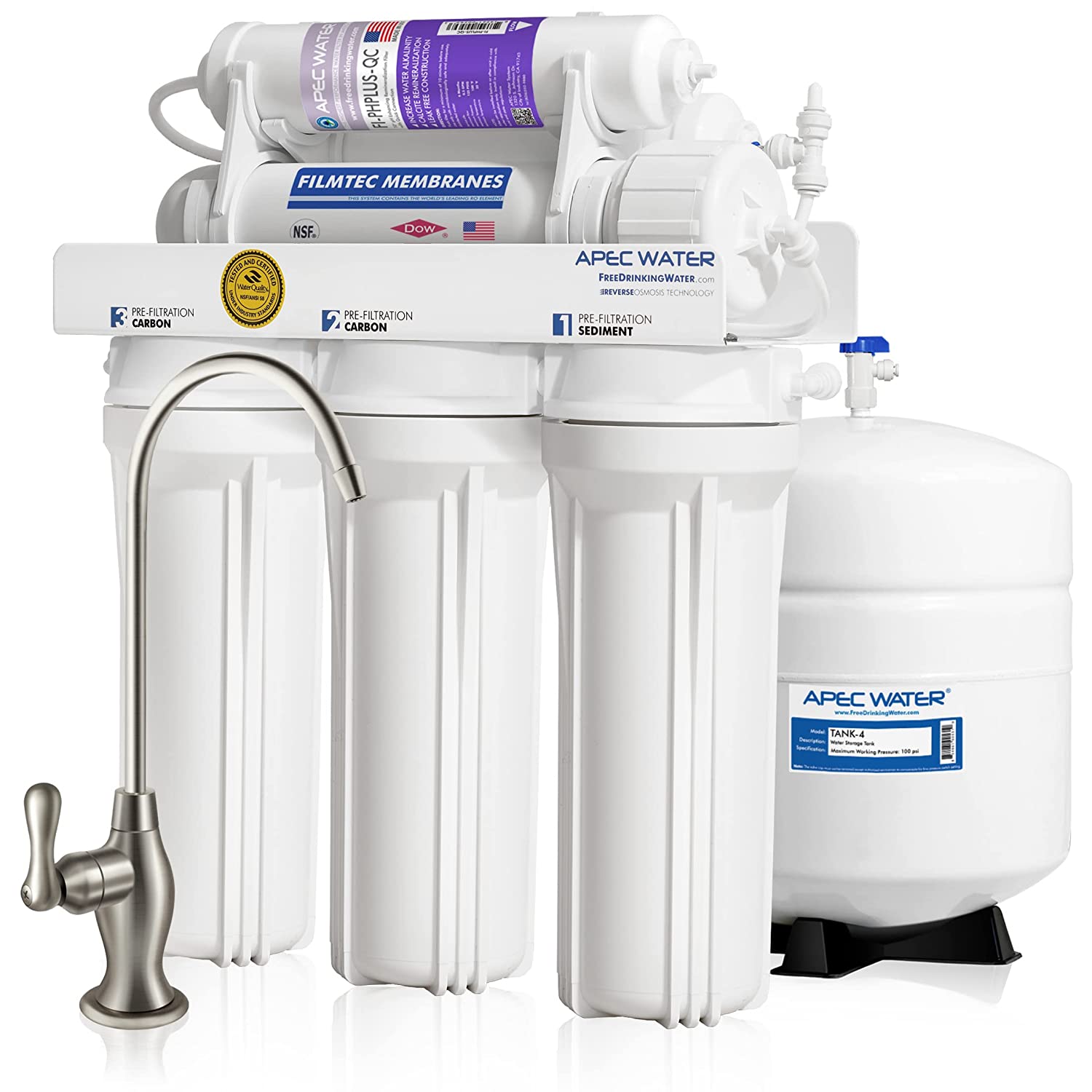
APEC Water Systems Top Tier Supreme Certified Alkaline Mineral pH+ High Flow 90 GPD 6-Stage Ultra Safe Reverse Osmosis Drinking Water Filter System (Ultimate RO-PH90)
2. Sunburn: Too Much Light
Most orchids are sensitive to direct sunlight, which can cause sunburn. Symptoms include yellow or brown splotches on the leaves.
Design Tip: Place your orchid in a spot with bright, indirect light. Early morning or late afternoon sunlight is usually safe, but avoid harsh midday rays. If you’re using artificial lights, ensure they’re not too close to the plant.
Many orchids will do fine with very early morning or late, late afternoon cool sunlight, but direct hot sunlight will burn the leaves and kill your plant if you do not catch it in time. Sunburn can also be caused by placing your orchid too close to an artificial light source. For more information on lighting requirements, visit our orchid care light requirements page.
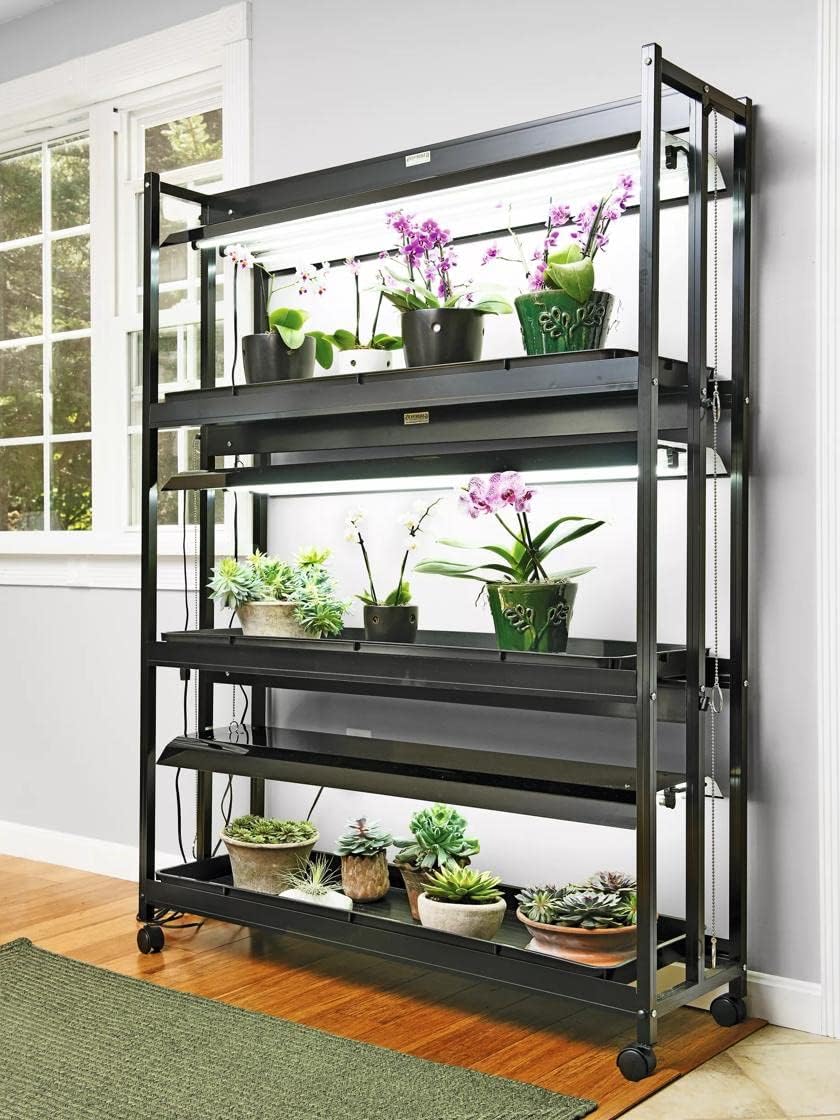
Gardener's Supply Company 3-Tier LED Grow Light Plant Stand with 3 Watertight Shelf Trays & 9 Full-Spectrum 20W High Intensity 6500K Color Bulbs for Optimal Indoor Lighting. Each fixture has two full-spectrum LED lights to ensure the fastest, healthiest growth and strongest and sturdiest plants — including orchids. Made in USA
3. Root Rot: Overwatering Woes
A fairly common reason for orchid leaves turning yellow is root rot, often caused by overwatering and keeping the roots constantly saturated. This is one of the most frequent mistakes made by beginner orchid growers. It’s important to remember that most epiphytic and lithophytic orchids in nature grow with their roots exposed to air, allowing them to dry out between rainfalls. While orchids with root rot can be saved, they will require extra care and attention for a period of time. Here are the steps to save an orchid with root rot:
- Remove the orchid from its growing medium and carefully inspect the root system.
- Trim away any blackened or dead roots using a sterilized cutting shears.
- Repot the orchid in fresh medium, such as wood bark or or sphagnum moss.
- For orchids with few roots: Wrap the remaining roots in a small amount of sphagnum moss, place in a container, and let the moss dry between waterings.
- Monitor closely: Treat the orchid as if it’s in intensive care.
For more detailed guidance on watering, follow the links in the navigation.
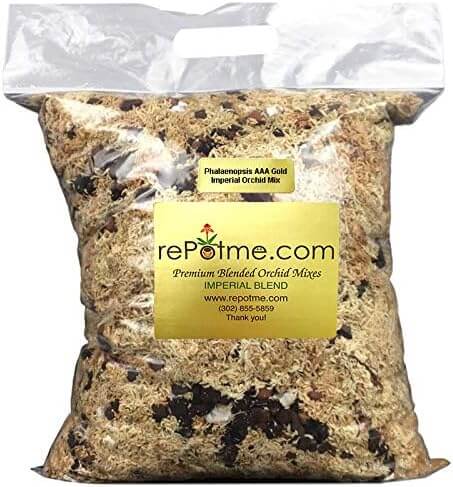
- rePotme Orchid Potting Mix
- Phalaenopsis AAA Gold Imperial Orchid Mix (Mini Bag) -
- Premier Orchid Potting Mix with Orchid Moss and Orchid Bark -
- Hand Blended in The USA
4. Dehydration: Underwatering and Root Loss
Dehydration or lack of water can cause symptoms similar to root rot, as both conditions result in insufficient viable roots to hydrate the orchid. Dehydration can occur due to neglect or underwatering, leading to shriveled and dead roots—much like the effects of overwatering. To rehydrate your orchid:
- Remove the orchid from its container and clean away the growing medium from around the roots.
- Trim away any dead, papery, or shriveled roots using sterilized tools.
- Hydrate the roots: Place the roots in a container where they are almost completely immersed in water. Keep the leaves, stems, and crown dry and out of the water. Soak the roots for 6-12 hours, then remove the plant and allow it to air out for 12 hours or overnight.
- Repeat the soaking process for a few days before repotting the orchid.
- If very few roots remain, follow the steps outlined in the previous section for intensive care.
After rehydrating, repot the orchid and establish a regular watering and feeding schedule. Remember, most epiphytic and lithophytic orchids in nature grow with their roots exposed to air and dry out between rainfalls, so avoid keeping the roots constantly wet

5. Crown and Stem Rot: A Preventable Problem
Crown rot occurs when water accumulates in the crown or leaf axils, leading to fungal infections. Unfortunately, it’s often fatal, so prevention is crucial. In their natural habitat, orchids typically grow sideways with the crown and leaf axils tilted, so rainwater never gathers in the orchid. Because in cultivation, we like to place orchids in pots, keeping them upright, careless watering can result in water accumulating in the crown or leaf axils which can lead to fungal infections and death.
Design Tip: After watering, use a paper towel to dry any water that collects in the crown. Ensure proper air circulation with a fan to keep the plant dry. Place your orchids in clear aerated pots and nestle them in decorative pots to showcase them.
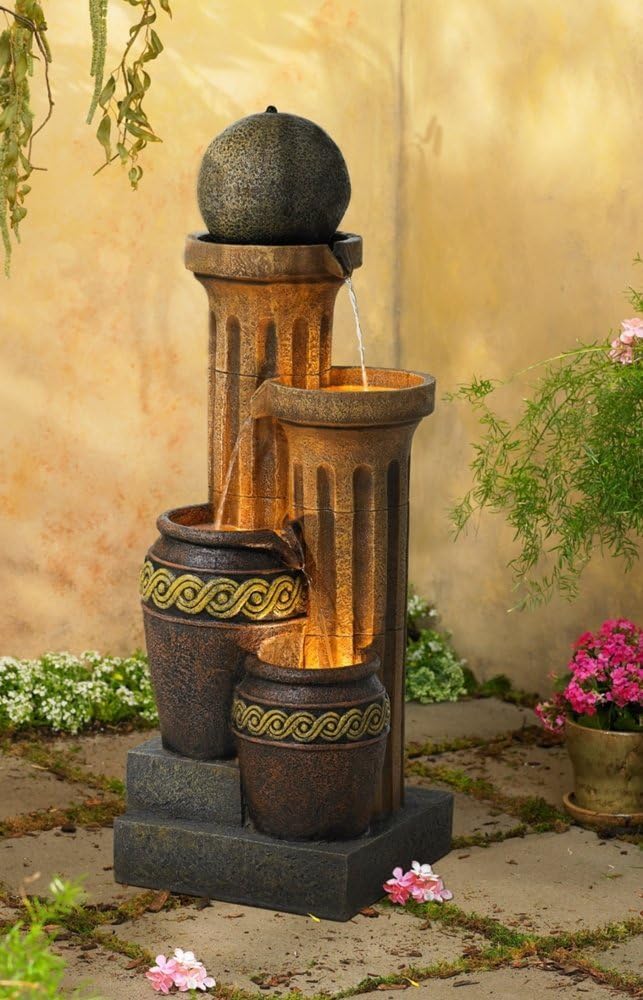
- 50" rustic fountain with LED lights and cascading water.
- Lightweight resin and stone construction, easy to move.
- Includes water pump, 3 LED bulbs, and 6-foot cord.
- Perfect for gardens, patios, balconies, or indoor spaces.
- Creates soothing ambiance with 4-tiered water flow design.
Keeping Your Orchid Healthy
Orchid leaves turning yellow can stem from a variety of causes, from natural aging to improper care. By identifying the issue and taking corrective action, you can restore your orchid’s health and enjoy its beauty for years to come.
For more tips on orchid care, explore our pages on watering, light requirements, and fertilizing. And don’t forget to check out our recommended products, like orchid fertilizer and sphagnum moss, to keep your plants thriving.
By following these guidelines and incorporating the right tools and techniques, you’ll be well-equipped to handle yellowing leaves and ensure your orchids remain vibrant and healthy.
Healthy, Blooming Orchids Made Easy! Subscribe & Learn How!
